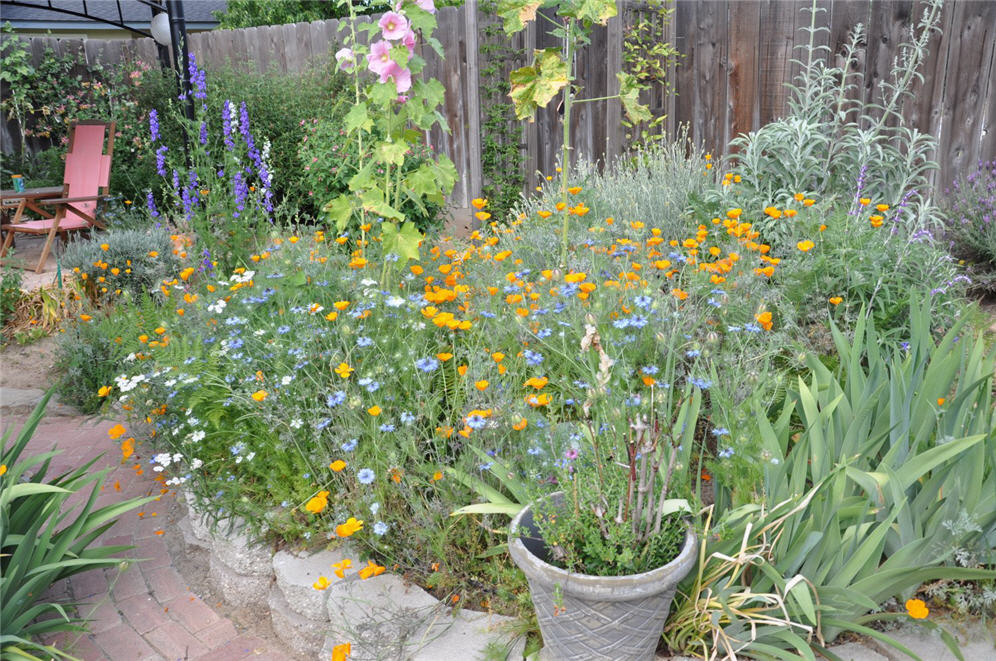
Common name:Hollyhock
Botanical name:Alcea rosea
This plant grows 4-8' high and is particularly useful for background screening. It grows best in full sun in deep, rich, well drained soils and can produce a variety of colors of flowers.
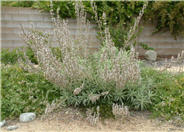
Common name:White Sage, Sacred White Sage, Bee
Botanical name:Salvia apiana
This woody shrub has long stems with silvery white leaves and fragrant white flowers that bloom in the spring. It provides a strong sturctural form as a garden focal point. It can reach 3'-5' tall and 6' wide. White sage prefers full sun and moderate amount of watering.
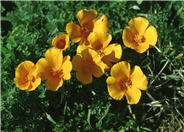
Common name:California or Golden Poppy
Botanical name:Eschscholzia californica
This small annual (sometimes acts as a perennial) plant will grow to less than 1' tall and has light, small blue-green leaves with gold and orange flowers that bloom in spring and summer.
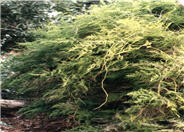
Common name:Asparagus Fern, Fern Asparagus
Botanical name:Asparagus setaceus
This vining plant is distinguished by its wispy foliage, climbing to 10' or more. It is excellent as a container plant, house plant, or in hanging baskets. The fern should be grown in part shade to shade, with average summer watering. -Monterey Bay Nursery
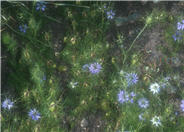
Common name:Love-In-A-Mist
Botanical name:Nigella damascena
Nigella damascena is an annual, branching to 1'-1.5' tall. All leaves are finely cut into threadlike divisons. Blue, white, or rose flowers, 1"-1.5" in diameter, bloom in spring. This beautiful annual was actually used in Elizabethan times for English cottage gardens. It looks great in window boxes and will self-seed.

Common name:Bearded Iris
Botanical name:Iris Bearded Hybrids
This perennial will grow 1'-3' tall and has medium sized, blue green leaves with flowers of different colors that bloom in spring. It needs well draining soil and full sun. Many are fragrant and rebloom in the fall. Plant rhizomes in Sept or Oct. They need water once a week during the hot spells. Top dress with compost and gypsum in January and August.
| Designer: Terri Nichols | Pastel Pleasures |
Photographer: GardenSoft |
Soils and Compost:
Practice grass-cycling by leaving short grass clippings on lawns after mowing, so that nutrients and organic matter are returned to the soil.
Water Saving Tip:
Group plants in your garden according to their water needs (hydrozone).
Integrated Pest Management:
Remove irrigation water and fertilizer from areas where you don't want weeds to grow.
